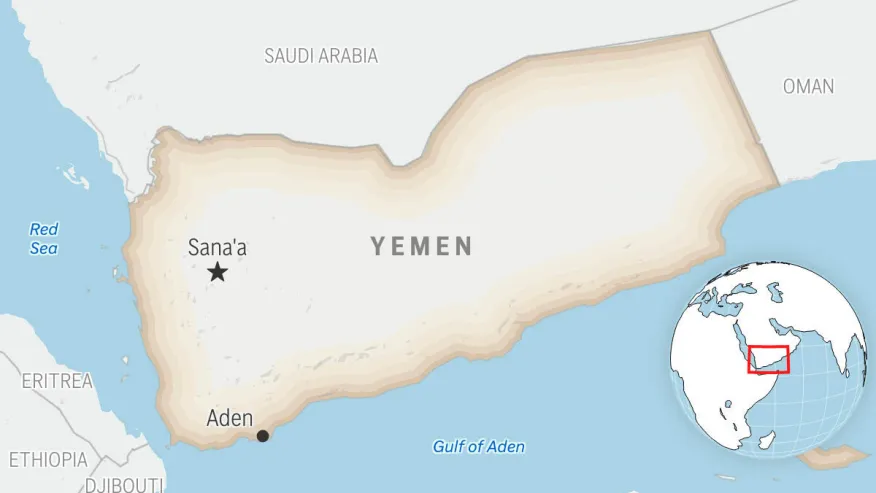Oil prices dipped on Wednesday as markets continued to weigh the implications of prolonged global trade tensions, particularly between the US and China, and a weaker outlook for energy demand, Reuters reports.
Brent crude futures declined 18 cents, or 0.3%, to $64.49 per barrel by 03:15 GMT, while US West Texas Intermediate (WTI) crude dropped 16 cents, or 0.3%, to $61.17. The slight losses follow a similar 0.3% decline in both benchmarks on Tuesday.
The price movement comes amid growing concerns over a slowdown in global oil demand, exacerbated by the ongoing trade dispute between the world’s two largest economies. According to the International Energy Agency (IEA), global oil demand growth in 2025 is forecast to rise by just 730,000 barrels per day — the slowest pace in five years — down from last month’s projection of 1.03 million barrels per day.
“The downward trend for oil prices remains intact,” said Yeap Jun Rong, market strategist at IG. “Investors continue to struggle in finding a catalyst to drive a more meaningful rebound, as global growth is widely expected to slow ahead with US tariffs, which puts oil demand in jeopardy.”
The oil market has been under increasing pressure as President Donald Trump’s aggressive tariff measures prompt retaliatory actions from key trade partners. In particular, China has responded to steep US tariffs on Chinese goods — now reaching as high as 145% — by ordering domestic airlines to halt deliveries of Boeing aircraft, according to Bloomberg.
Meanwhile, the imbalance between supply and demand continues to weigh on prices. Tetsu Emori, CEO of Emori Fund Management, noted that even modest demand growth is unlikely to offset growing global crude supply.
“If the stock market rebounds, we could see a rally in oil prices pushing WTI above $65. But without that support, prices will likely stay in the low $60s,” Emori said.
Additional downward pressure stems from rising crude output from the OPEC+ alliance — which includes OPEC members and producers such as Russia — and increased US crude inventories. According to figures from the American Petroleum Institute, US crude stocks rose by 2.4 million barrels in the week ending April 11. In contrast, gasoline and distillate inventories declined by 3 million and 3.2 million barrels, respectively.
Several financial institutions, including UBS, BNP Paribas, and HSBC, have recently revised their oil price forecasts downward, citing persistent trade friction and mounting concerns over a potential global economic slowdown.









The latest news in your social feeds
Subscribe to our social media platforms to stay tuned